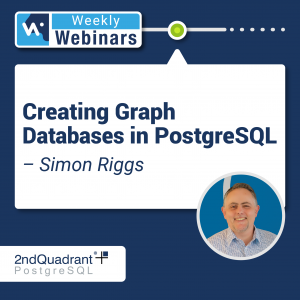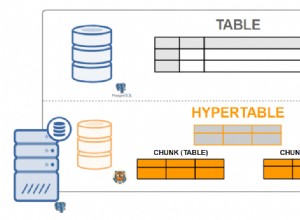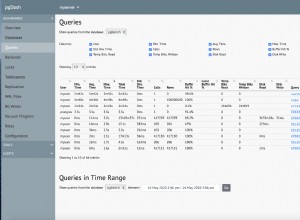O wszystkich możliwościach przejścia z rzędów do kolumn w Oracle można przeczytać tutaj:
http://www.dba-oracle.com/t_converting_rows_columns.htm
Nie widzę prostego rozwiązania z punktu widzenia bazy danych - sugerowałbym wykonanie formatowania po stronie aplikacji, w przeciwnym razie mogłoby to wyglądać tak kiepsko:
SELECT
to_char(w1.w_Date,'MM/DD/YYYY'), to_char(w2.w_Date,'MM/DD/YYYY'),
to_char(w3.w_Date,'MM/DD/YYYY'), to_char(w4.w_Date,'MM/DD/YYYY')
FROM
(select * from weather where w_date = trunc(sysdate)) w1,
(select * from weather where w_date = trunc(sysdate) + 1) w2,
(select * from weather where w_date = trunc(sysdate) + 2) w3,
(select * from weather where w_date = trunc(sysdate) + 3) w4
UNION ALL
SELECT
w1.image, w2.image, w3.image , w4.image
FROM
(select * from weather where w_date = trunc(sysdate)) w1,
(select * from weather where w_date = trunc(sysdate) + 1) w2,
(select * from weather where w_date = trunc(sysdate) + 2) w3,
(select * from weather where w_date = trunc(sysdate) + 3) w4
UNION ALL
SELECT
w1.w_type, w2.w_type, w3.w_type , w4.w_type
FROM
(select * from weather where w_date = trunc(sysdate)) w1,
(select * from weather where w_date = trunc(sysdate) + 1) w2,
(select * from weather where w_date = trunc(sysdate) + 2) w3,
(select * from weather where w_date = trunc(sysdate) + 3) w4
UNION ALL
SELECT
to_char(w1.high), to_char(w2.high), to_char(w3.high) , to_char(w4.high)
FROM
(select * from weather where w_date = trunc(sysdate)) w1,
(select * from weather where w_date = trunc(sysdate) + 1) w2,
(select * from weather where w_date = trunc(sysdate) + 2) w3,
(select * from weather where w_date = trunc(sysdate) + 3) w4
UNION ALL
SELECT
to_char(w1.low), to_char(w2.low), to_char(w3.low) , to_char(w4.low)
FROM
(select * from weather where w_date = trunc(sysdate)) w1,
(select * from weather where w_date = trunc(sysdate) + 1) w2,
(select * from weather where w_date = trunc(sysdate) + 2) w3,
(select * from weather where w_date = trunc(sysdate) + 3) w4;
/




